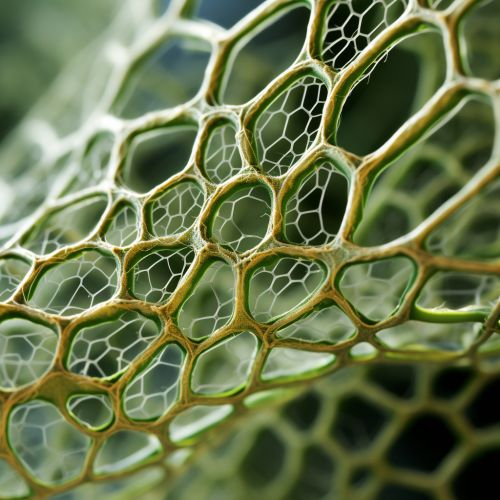Plant Development
Introduction
Plant development encompasses the growth and differentiation of cells, tissues, organs, and organ systems. Plant development is an ongoing process, with plants capable of regenerating tissues and organs throughout their life cycle. This process is regulated by a variety of environmental factors and intrinsic genetic mechanisms.


Plant Cell Differentiation
Plant cells differentiate from undifferentiated meristematic cells to form the various tissues and organs of the plant. This differentiation process is guided by the plant's genetic blueprint, but is also influenced by environmental factors. The process begins with cell division in the meristem, followed by cell expansion and finally cell specialization.
Plant Tissue Types
There are three basic types of plant tissues: dermal tissue, ground tissue, and vascular tissue. Each of these tissue types is made up of different cell types that perform specific functions.
Dermal Tissue
Dermal tissue, also known as epidermis, is the outer protective layer of the plant. It consists of a single layer of tightly packed cells that protect the plant from water loss, disease, and injury.
Ground Tissue
Ground tissue makes up the majority of the plant's body and is responsible for carrying out photosynthesis, storing nutrients, and supporting the plant structure. It is composed of three types of cells: parenchyma, collenchyma, and sclerenchyma.
Vascular Tissue
Vascular tissue is responsible for the transport of water, nutrients, and sugars between different parts of the plant. It is composed of two types of tissues: xylem and phloem.
Plant Organ Development
Plant organs, including roots, stems, and leaves, develop from meristematic tissues. The process of organ development involves a series of steps including organ initiation, organ patterning, and organ growth.
Root Development
Roots serve to anchor the plant in the soil and absorb water and nutrients. Root development begins with the formation of a root apical meristem, which gives rise to the primary root.
Stem Development
The stem serves as the main structural component of the plant, supporting leaves and flowers and transporting materials between the roots and the shoots. Stem development begins with the formation of a shoot apical meristem.
Leaf Development
Leaves are the primary sites of photosynthesis in the plant. Leaf development begins with the formation of leaf primordia at the flanks of the shoot apical meristem.
Plant Growth Regulators
Plant growth and development are regulated by plant hormones, also known as plant growth regulators. These include auxins, gibberellins, cytokinins, abscisic acid, and ethylene.
Plant Developmental Genetics
The study of plant developmental genetics seeks to understand the genetic basis of plant development. This field has been greatly advanced by the use of model organisms such as Arabidopsis.
